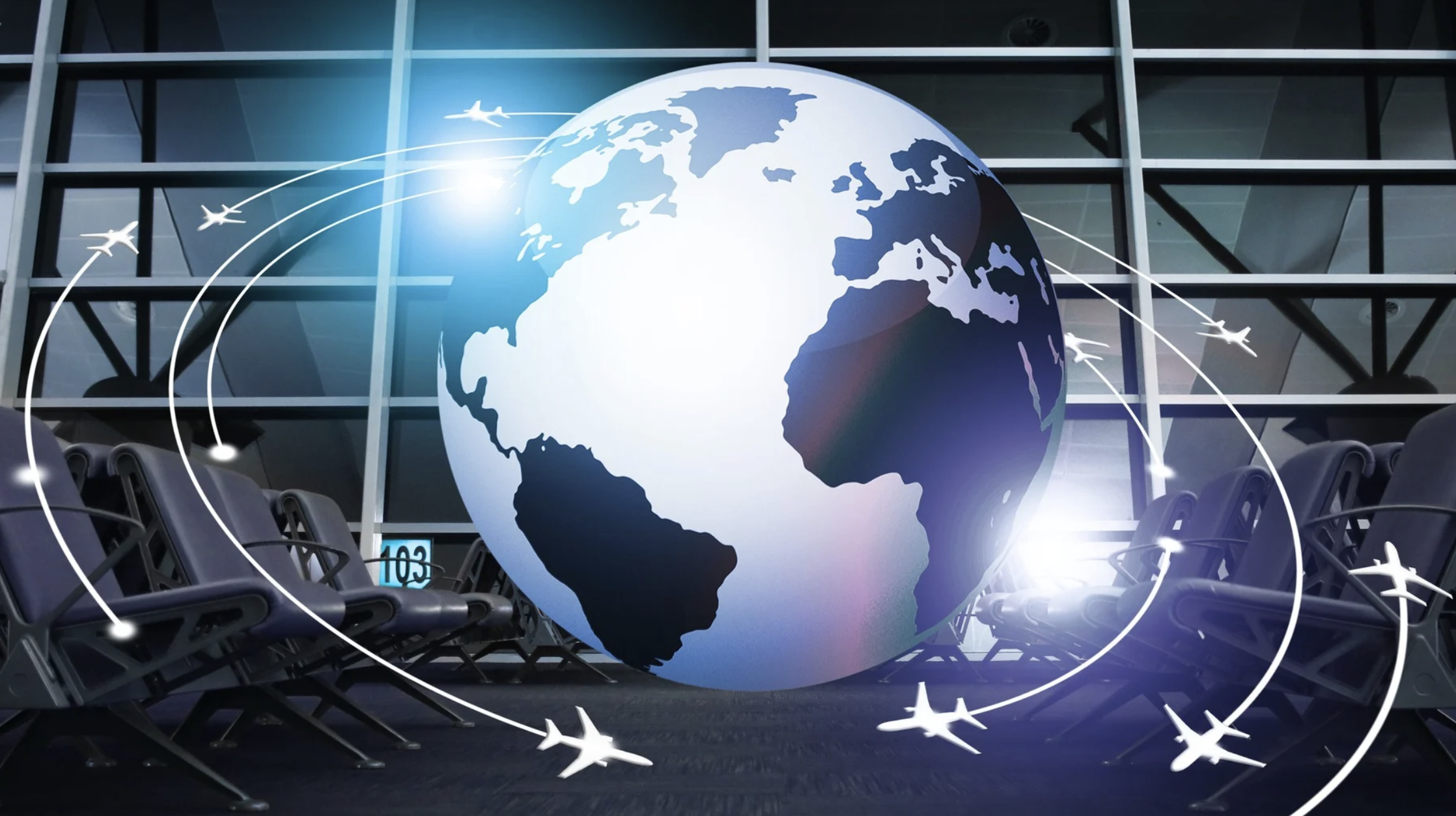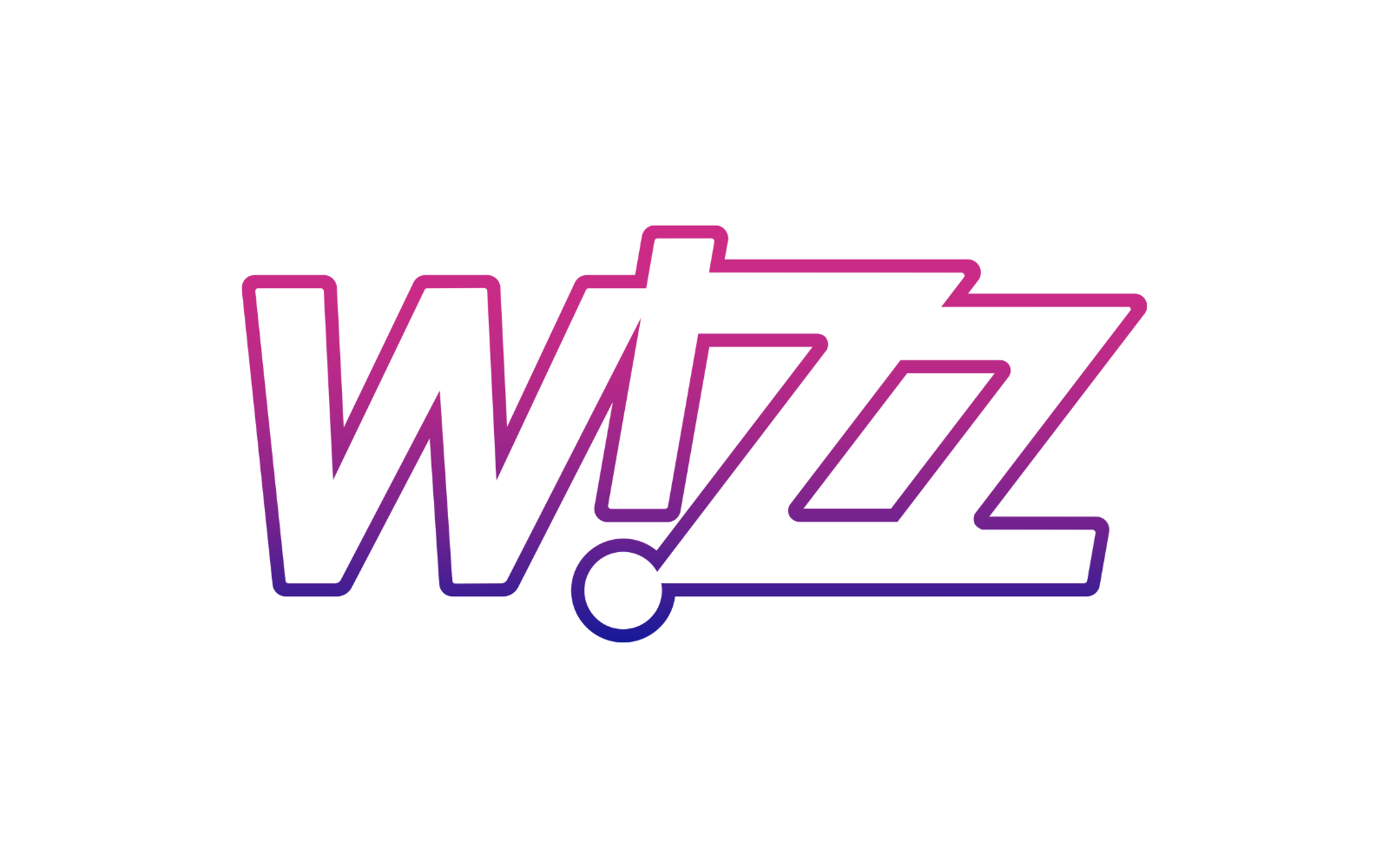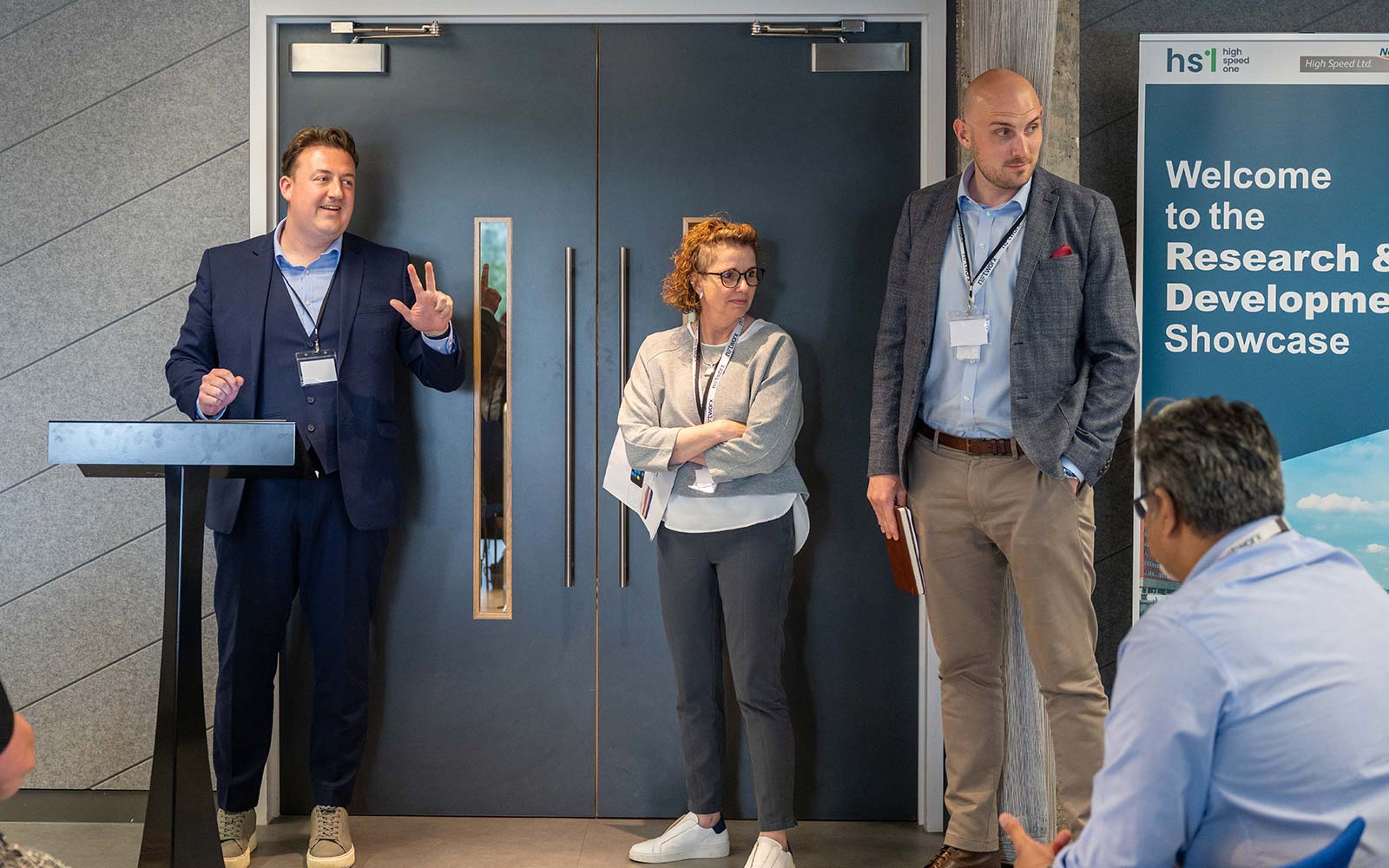Aviation Maintenance Trends to Watch in 2026

7 Aviation Maintenance Trends to Watch in 2026
As 2026 fast approaches, aviation maintenance stands at a turning point. Where it was once reactive and paper-bound, today’s Maintenance, Repair, and Overhaul (MRO) approaches are increasingly data-driven, automated, and strategic.
During the pandemic, airlines learned how to cope with the lockdown. After a few years of recovery, they are now facing the challenge of having too few new planes to match demand.
Aerospace companies are trying to increase their output, but supply chain and quality issues have gotten in the way. A report states that the backlog for narrow and wide-body aircraft is over 17,000 and will take more than a decade to fulfil.
According to Research and Markets, the global air transport MRO market hit $84.2 billion in 2025 and is projected to expand at a 5.4% CAGR to reach $134.7 billion by 2034. Beyond this massive scale, there is a rising wave of digitalisation and AI integration, aided by workforce and cybersecurity concerns, that is reshaping the landscape.
I have seen firsthand how embracing this transformation is no longer optional. You need it as a foundation for compliance, profitability, and resilience.
In this article, we’ll explore seven MRO trends set to define 2026, beginning with digitalisation and digital twins, two technologies that are already transforming workflows, fleets, and hangars.
Trend 1: Digitalisation in MRO
Paper checklists and binders are being phased out for digital records and fully integrated maintenance ecosystems. The core technologies driving this change include:
- Predictive maintenance: Deloitte reports that implementing such programs results in a 15% reduction in downtime and a 20% increase in labour productivity.
- Cloud/SaaS platforms: The scalability and remote-accessing nature of cloud systems are increasingly used by Tier 2 and 3 MROs.
- AI-driven inventory: With this, you can auto-adjust parts stock, integrate with e-procurement systems, forecast demand, and avoid needless delays.
- Digital logbooks and mobile apps: Many airlines now give their technicians tablets integrated with real-time data to boost accuracy and ensure regulatory compliance across locations. This ties into big data, AI, and IoT to surface valuable insights on operational best practices.
- AV/VR support: Smart glasses help technicians with remote guidance and interactive manuals. Leading MROs adopted VR training by over 50% in 2023.
- 3D printing and robotics: On-demand parts manufacturing and automated inspections are more accessible and reliable, reducing downtime. Robotics and drones handle repetitive tasks in which they are proficient, including external inspection, IoT-tagged tooling, and scheduling, among others.
- Blockchain: The immutable nature of blockchain databases enhances traceability and accountability for record keeping, compliance, and counterfeit prevention.
This transition is not without challenges as integration with legacy and outdated silos remains a central pain point, digital operations face cybersecurity risks, requiring heightened vigilance, and staff need reskilling while MROs work out how to justify upfront CAPEX.
Despite all that, several real-world cases highlight how MROs could leverage the benefits of digitalisation:
Air Serbia & AMROS LISA
This digital records platform now supports 29 aircraft, integrated with AMOS engineering workflows. That reduces admin time and improves compliance.
GaES (Sharjah)
WINGS MRO software delivers mobile-first, paperless hangar operations and human resource systems, transforming how maintenance is executed in real time.
China Aircraft Services Limited (CASL)
The organisation adopted EmpowerMX for paperless, data-driven MRO to significantly transform planning and logistics.
By 2026, you will see predictive maintenance mature with AI and IoT integration, AV/VR robotics across larger MRO hubs, blockchain pilot projects, and enhanced connectivity to cloud-based digital ecosystems.
Expect to see mobile-first hangars, role-based digital workflows, AI-driven analytics, robotics (e.g., drone inspections, 3D printing), and blockchain traceability to deliver gains in savings and speed.
Trend 2: Digital Twins in Aviation
Digital twins are governed, live virtual models of an enterprise, fleet, aircraft, sub-system, or component. McKinsey estimates the global investment in technology will surpass $48 billion by 2026, driven by AI-enabled simulation and real-time analytics.
Airlines and MROs are using digital twins for:
- Engineering health monitoring: Companies such as Rolls-Royce, General Electric, and Lufthansa Technik use twins to predict wear and optimise services, enabling engine overhauls before risks of failure increase.
- Lifecycle planning: It is possible to track performance degradation across engine life, combined with flight data, to inform repair vs. replace decisions and timing.
- Training and testing: Technicians and outside validators can run simulations before executing checks or software updates to get an understanding of what to expect.
- Simulation accuracy: With powerful ‘what if’ scenarios, NVIDIA and others show how virtual simulation can optimise design before build.
The following use cases demonstrate the applications and potential of the technology:
easyJet + Aerogility
Agent-based digital twins modelled fleet behaviour, enhancing engine shop planning and predictive prep across the maintenance chain. The result is teams that make proactive decisions on CAC, line checks, engine swaps, and efficiency today.
“Aerogility has provided us with an essential tool to help deliver our business strategy – to drive down costs and maximise the number of aircraft available to our customers. We are really excited by the enhanced maintenance forecasting and planning capabilities this gives our team.” – Swaran Sidhu, Head of Fleet Technical Management, easyJet.
Rolls-Royce + Aerogility
By integrating digital twin frameworks into high-fidelity simulation engines, Aerogility enables Rolls-Royce to model the environmental impact of products in service and across various elements of the support enterprise, such as energy usage at MRO sites, inventory hubs, and office locations.
“We use Aerogility to test different scenarios and explore potential routes to net zero. It helps us optimise lifecycle costs while ensuring asset availability. We use the solution to test different scenarios and plot potential routes to net zero. This approach also allows us to optimise life costs while maintaining asset availability.” – Andy Eady, Sustainability Executive, Rolls-Royce.
At Aerogility, we translate twin-derived insights into real-world impact, helping aerospace leaders drive efficiency, sustainability, and informed decision-making across the entire operational lifecycle.
Why Trends 1 and 2 Matter in Tandem
Digitalisation and digital twins reinforce each other:
- Digital records feed twin models with real-time data, giving systems what they need to surface anomalies.
- Twins enhance digital planning through what-if scenarios that test the limits and prevent real-life failures.
- Together, they move maintenance from a backlog-driven system to a service-led one for speed, accuracy, and cost-efficiency.
Trend 3: Sustainability
The aviation sector is no longer under just regulatory scrutiny to go green. As airlines push for net-zero emissions and circular lifestyle strategies, MROs are responding by integrating sustainability into aircraft maintenance.
Some key developments include:
- Sustainable Aviation Fuel (SAF) mandates are pushing engines and support systems to be compatible with low-carbon fuels, and maintenance centres are investing in equipment to support this. By 2030, global demand for Sustainable Aviation Fuel (SAF) is projected to reach approximately 17 million tonnes per annum (Mt/a)—equivalent to around 4–5% of total jet fuel consumption. This forecast includes both government-mandated targets and voluntary airline commitments. (Source: “Financing Sustainable Aviation Fuels: Case Studies and Implications for Investment,” White Paper, February 2025)
- Parts recycling and remanufacturing programs are on the rise, too. Airbus’s green initiative and Lufthansa Technik’s core shop are among those leading the way, turning salvaged parts into usable assets, often at significantly lower prices than new parts.
- Eco-friendly materials are being trialled for interior refurbishments, including bio-composites for seat trays and reclaimed wood for cabin accents.
- Lifecycle emissions tracking is becoming the norm. Airlines and lessors benefit from ‘flight-to-farm’ carbon audits, while MROs are innovating analysis tools that let clients reduce emissions without compromising airworthiness.
All these efforts add to the brand value, help manage costs, and appeal to ESG-forward investors. Planning engineers can simulate the trade-off between part remanufacture, SAF support systems, and MRO throughput to enable clients to design compliant, low-carbon, and economically optimised fleets.
Trend 4: Geopolitical Segmentation and Supply Chain Concerns
The global aerospace supply chain is fragmenting. National security concerns, trade restrictions, and regional conflicts are compelling airlines to rethink where and how they maintain assets.
Some of the significant impacts we have seen include:
- Border closures and export bans
Russia’s VSMPO-AVISMA supplies 35% to 40% of the global aerospace-grade titanium. Post-Crimea and after the February 2022 sanctions, OEMs and MROs in Europe and the US moved to stockpile and diversify sources to hedge against export bans.
- US tariffs on composites/alloys
In 2025, new duties on imported aerospace metals pushed MROs to shift towards domestic production and logistics partners to speed up additive manufacturing deployment.
- Aerospace Moves to Reshore Manufacturing and MRO
The industry has seen Airbus relocate to Canada and the UK via diplomatic negotiations, such as securing titanium exemptions, to avoid dependency on foreign suppliers.
Boeing has also proposed a $4.7 million acquisition of Spirit Aerosystems (pending CMA permission) to bring fuselage and component production back into Boeing’s control in the US to insulate itself from external shocks.
- Dual-System technical control
Airlines started maintaining a paired system maintenance: one aligned with FAA/EASA (Western) standards and another for non-Western, PPE, and approval paths. This increases complexity but builds redundancy during embargoes.
- Localised Joint Ventures (JVs) & Partnerships
An example of this is OEM Services, formed by Safran, Thales, Diehl & Liebherr, to create globally dispersed repair capabilities, strengthening coverage in Europe and Asia. Over in India, we see a new JV MRO hub for military aircraft in Nagpur to support the Indian Air Force and exports, reflecting the country’s pivot to domestic and export-ready repair capabilities.
The UAE and Saudi Arabia are investing billions in local MRO systems (Emirates, Riyadh, Jeddah). At the same time, China and India attract OEMs like Airbus and Rolls-Royce into local sourcing and maintenance partnerships.
At Aerogility, we leverage geopolitical modelling to stress-test MRO strategies and respond quickly to changes in supplies, routes, inventory, JV enablement, and more.
Trend 5: The Maintenance Giants Redefining MRO
In 2026, legacy and emerging MRO leaders are reshaping the future of aviation maintenance. Some prime examples that showcase this include:
Rolls-Royce
The company’s TotalCare model transformed MRO from per-repair billing to outcome-based delivery. The program covers up to 95% of engine materials, enabling high-quality recycling and manufacturing workflows.
Leveraging advanced analytics and validation loops tied to engines, Rolls-Royce is investing in edge-computing capabilities to power predictive insights within the engine and across the entire fleet.
This has changed MRO into a predictable, outcome-based service that cuts down on failures and aligns economic and environmental value.
Lockheed Martin
As evidenced by their optimisation of military MRO logistics, Lockheed Martin leverages simulation-based planning to minimise aircraft downtime and enhance mission readiness. This model has set the standard for Defence-as-a-Service offering and supports thousands of aircraft across varied environments.
BAE Systems
Working heavily in defence and aerospace, BAE built capabilities that track fleet readiness across countries. The integration, which includes deep sustainment to avionics upgrades, provides a model for commercial MROs looking to scale globally with agility.
These leaders are demonstrating that integrated platforms matter and maintenance begins in digital architecture; they are also raising industry expectations and could even reshape regulations through innovation tied to competitiveness.
We augment these ecosystems with AI-enabled scenario modelling to help operators make informed trade-offs between reliability, cost, and regulatory compliance.
Source: BAE Systems – In an era of digital transformation, artificial intelligence takes center stage
Lufthansa Technik
Lufthansa Technik is building a comprehensive Digital Tech Ops Ecosystem, positioning itself at the forefront of digital transformation in aviation maintenance. A key latest milestone was the integration of Swiss AviationSoftware Ltd. (Swiss-AS), enabling the company to lead innovation in technical asset operations.
At the tail end of 2024, Lufthansa Technik committed over €1 billion for expansions in all regions and innovation; in partnership with PTC Windchill, they’ve transitioned from manual to model-based PLM systems, scaling from 20 to more than 300 initiatives in under two years.
Source: Lufthansa Technik – Digital Tech Ops Ecosystem
The Bigger Picture
These leaders are proving that modern MRO begins with digital architecture. Their integrated, data-driven platforms not only enhance operational reliability but also elevate regulatory and sustainability standards. As AI-enabled scenario modelling becomes more embedded, MRO providers are better equipped to balance trade-offs between cost, compliance, and performance, setting new benchmarks for the aviation industry as a whole.
Trend 6: Cybersecurity Becomes Mission Critical
Digitalisation introduces challenges around cybersecurity. Every element of the aviation ecosystem, from supply chains to the aircraft, makes security foundational to operational readiness.
Some of the challenges to reckon with include:
OT/IT Convergence
Maintenance systems now interface directly with telemetry dashboards, avionics, and repair logs. Each integration adds to the possible surface area vulnerable to attack.
Traditionally, these systems would be isolated, but are now creating high-impact vulnerabilities in parts and flight control systems.
Real-World Breaches
Recently, the group Scattered Spider (UNC3944) has targeted airlines like WestJet and Hawaiian, using stolen credentials and social engineering to gain a foothold in mission-critical servers.
Thales saw a 600% surge in ransomware and credential theft attacks between January 2024 and April 2025, affecting airports, vendors, and airlines.
FEAM Aero, a major MRO provider, was hit by ransomware in late 2023, exposing data across more than 50 bases around the globe.
Insurance and compliance pressure
Insurance premiums for airlines and MROs have risen significantly. Underwriters now require certifications like DO-326A/ED-202 to ensure OT-integrated platforms.
Industry leaders are responding to this by deploying several solutions we can glean lessons from, including:
- Simulation-based vulnerability testing: Virtual cuber ranges act as the perfect environment for stress-testing OT/IT integrations, mimicking ransomware and fault injection scenarios before deployment.
- AI-powered anomaly detection: Like predictive maintenance, AI models are being applied to flag abnormal network behaviour and warn of intrusions or data exfiltration early.
- Zero-trust access frameworks: Access controls are now separated using function, role, geography, and so on, even within secure facilities, removing the need to trust any access request.
- Supply-chain risk management: IT vendors and MRO suppliers are now subject to third-party risk assessments, security auditing, and continuous monitoring, to align with standards like NIST and ISO 27001.
At Aerogility, we empower operators to simulate, validate, and integrate cyber resilience directly into their MRO strategy, ensuring every supplier relationship, sensor, and update is secure before it becomes a mission risk.
Trend 7: The AI-Augmented Maintenance Workforce
At Aerogility, we envision AI not as a substitute but as a vital tool that amplifies the skills of Maintenance, Repair, and Overhaul (MRO) teams. Rather than replacing mechanics, AI empowers them to work faster, safer, and smarter by providing real-time insights, predictive analytics, and streamlined workflows.
Some of the key developments transforming this space include:
AI-Driven Decision-Support Systems
By embedding generative AI and machine learning into maintenance workflows, systems can analyse historical data and sensor data to suggest validated fixes or failure forecasts and support decision-making.
Mechanics can interact with the systems in natural language and task cards to get step-by-step guidance, slashing error rates and helping less experienced staff acclimate.
AI-powered training and certifications
AR/VR simulations combined with AI can speed up technician readiness. Mechanics can interact with complex repairs in immersive digital twins to build up proficiency.
US Air Force studies have found AR-trained technicians made 53% fewer errors without increasing task time. The technology can also be leveraged to create adaptive training courses that align with individual variations.
Continuous Workforce Innovation
The modern mechanic is evolving into a technician-analyst with the ability to interpret predictive models, handle sensor-fed dashboards, and adapt to real-time anomalies.
The prep tasks are automated, freeing up human talent to tackle complex issues. AI can also prompt early checks, increasing the safety layers to ensure critical errors are spotted before they become worse.
At Aerogility, we’ve looked to these programs to weave AI assistance directly into workflows. These help with decision making by presenting insights in a human-readable form to improve efficiency without negatively impacting authority.
Learn more: Augmenting Human Intelligence with AI and ML.
MROs defining the decade have begun.
Are you building for it?
To stand out in the aviation maintenance industry, it won’t be enough to adapt to the changes; you need innovation too. The convergence of digitalisation, AI augmentation, sustainability initiatives, and geopolitical realignment points to the restructuring happening to MRO’s core identity.
Maintenance is becoming predictive, not reactive, and outcome-based, not input-driven. As such, the future leaders of the industry won’t be the ones with the most engineers or the largest facilities. They will be the ones who prioritise data, data twins integration, cybersecurity, and augmenting teams with AI.
The MRO sector is reinventing itself for the first time in about four decades. Those still debating the ROI of innovation are already behind it. The time to experiment is gone. It’s now time to execute.
Experience Aerogility for yourself
We’d love to show you how Aerogility could help you meet and exceed your operational objectives.
Contact us to see the platform in action.



